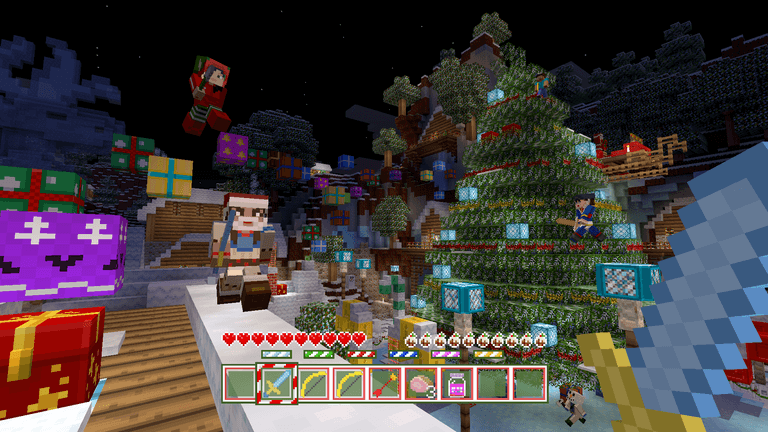The game development industry has been going through a lot of change, and there is more to come. The dramatic growth in indie games and developers — including hits like Minecraft and Bastion — has cleaved the game industry in two. There are larger audiences than ever for smaller, more experimental games like Her Story, and gamers haven’t stopped desiring more polished triple-A experiences like Battlefield 1, but the middle market has largely dissipated. Unfortunately, some habits don’t change – like crunch time. As studios are trying to create the best triple-A experiences they can offer, they are too often pushing their employees to the limit.
Especially for multiplayer games, developers face tremendous pressure to deliver triple-A experiences while simultaneously providing continual content updates in a delivery model known as gaming-as-a-service (GaaS). In many ways, the lines between MMOs and single-player games with multiplayer modes have blurred (like Destiny), and traditional development practices must adapt to the realities of GaaS to avoid the threat of unending crunch time before every update. Additionally, developing for VR/AR/MR introduces a lot of new unpredictability into production, and will probably also drive more innovation with GaaS business models.

Unlock premium content and VIP community perks with GB M A X!
Join now to enjoy our free and premium membership perks.
![]()

![]()